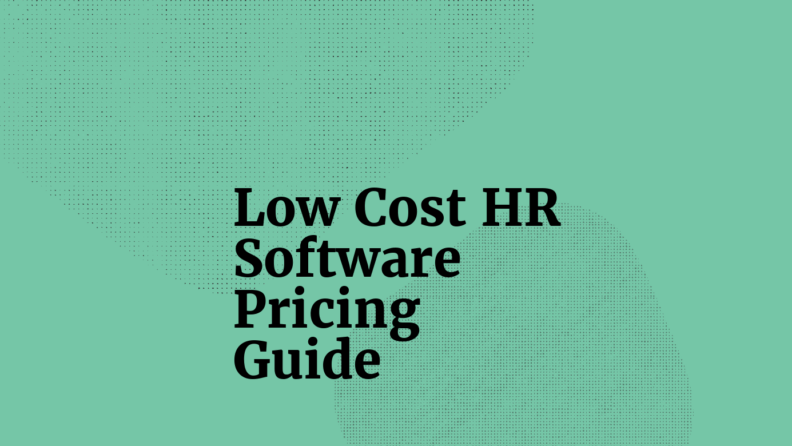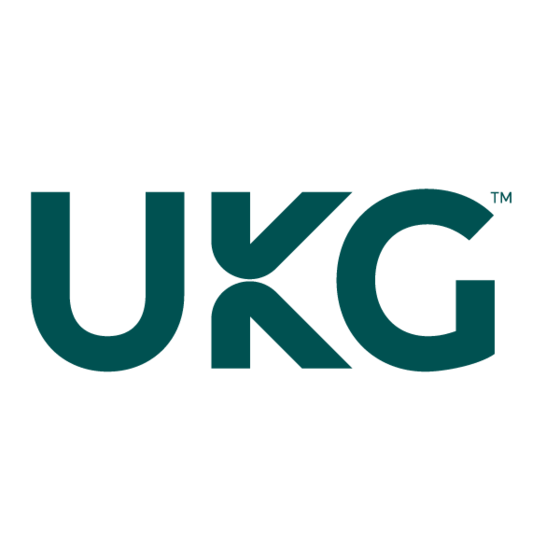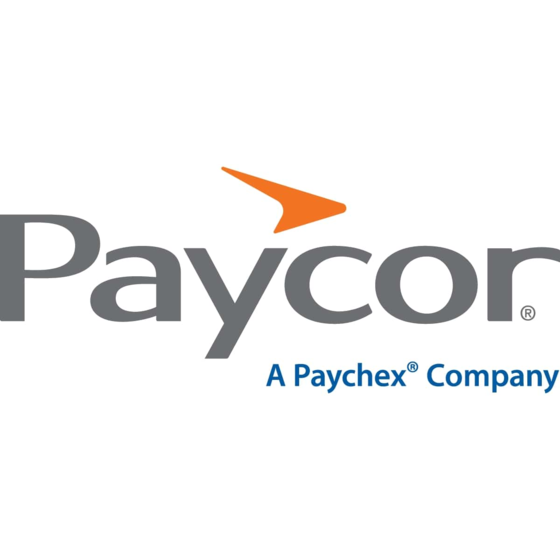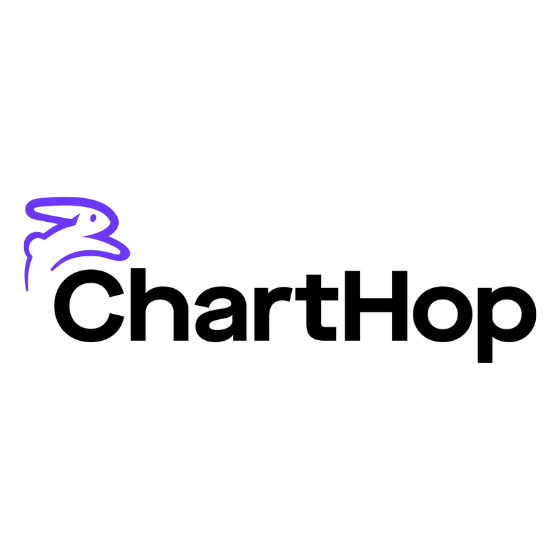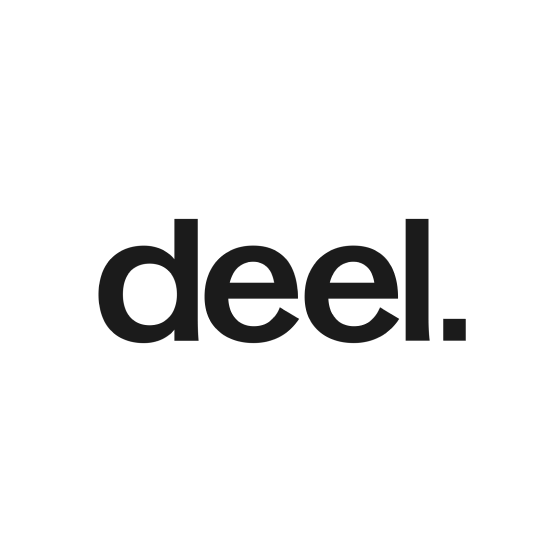Pricing depends on what you use — low cost HR software can start around $2–$10 per employee monthly, but features, support, and integrations will raise the price.
Watch for hidden costs — setup, premium support, or extra integrations can make the total cost higher than the advertised subscription.
Think beyond the sticker price — focus on ROI, scalability, and time saved so your investment continues to deliver value as your team grows.
Figuring out how much low cost human resources software really costs can feel overwhelming. Vendors often hide their pricing behind sales calls, bundle features into confusing tiers, and tack on extra fees that make budgeting tricky.
This guide is designed for small business owners, HR managers, and finance leads who need affordable HR tools without surprises. Inside, you’ll find typical pricing ranges, a breakdown of common pricing models, and the hidden costs to watch for.
You’ll also get practical tips for evaluating ROI so you can choose software that fits your budget today and scales with your team tomorrow.
What Factors Influence Low-Cost HR Software Pricing?
The final cost of HR software depends on more than just the sticker price. Vendors often adjust pricing based on your team size, the features you need, and the level of support you expect. Understanding these factors upfront helps you compare tools fairly and avoid unexpected fees.
Here are some key factors that often influence pricing:
| Factor | How It Affects Pricing |
|---|---|
| Number of Employees | Most vendors charge per employee, typically $2–$10 per user per month. Costs increase as your team grows. |
| Contractor Support | Some platforms charge separately for contractors, often $3–$6 per contractor monthly. |
| Payroll & Tax Services | If payroll software is included, automated tax filings or frequent pay runs may add $50–$200 annually. |
| Onboarding Features | Advanced tools like digital offer letters or automated workflows can add $10–$30 per month, but reduce manual admin and streamline HR processes for new hires. |
| Customer Support | Standard support is included, but 24/7 or dedicated account management may add $15–$50 per month. |
These factors may not all apply to every HR software platform, but together they explain why prices can vary so much between vendors. Before comparing plans, map out your team size, payroll needs, and support expectations. That way, you’ll have a clearer baseline for evaluating pricing models in the next section.
Low-Cost HR Software Price Comparison Chart
Use this table to compare the pricing, trial, and demo details for affordable HR systems side-by-side.
| Tool | Best For | Trial Info | Price | ||
|---|---|---|---|---|---|
| 1 | Best for full service payroll | Free demo available | From $8/user/month (billed annually) | Website | |
| 2 | Best for talent development and performance | Free demo available | Pricing upon request | Website | |
| 3 | Best for employee engagement and satisfaction | 7-day free trial | From $6.19/user/month (billed annually) | Website | |
| 4 | Best for AI-powered employee engagement tools | Free demo available | Pricing upon request | Website | |
| 5 | Best for feature-rich basic plans | 30-day free trial | Pricing upon request | Website | |
| 6 | Best for dynamic org charts | Free demo + free plan available | From $8/user/month | Website | |
| 7 | Best all-in-one global solution for SMBs | Free trial + demo available | From $29/month | Website | |
| 8 | Best for large recruitment pools | Free demo available | Pricing upon request | Website | |
| 9 | Best for UK small business HR automation | 14-day free trial | From $22/user/month | Website | |
| 10 | Best for customizable onboarding workflows | Free trial available | Starting at $99/month | Website |
Understanding HR Software Pricing Models
Low cost HR software vendors don’t all price their products the same way. Some charge per employee, while others bundle features into subscription tiers or offer custom quotes.
Knowing the difference between these models helps you predict long-term costs, avoid future surprises, and choose the best HR software for your needs.
Here are the most common pricing models you’ll encounter:
| Pricing Model | How It Works | What to Watch For |
|---|---|---|
| Per user or seat | Pay a set rate for each employee or admin using the software. | Costs climb as your team expands, so plan for future headcount. |
| Per usage | Charges are based on activity (e.g., number of pay runs or job postings). | High activity months can push your bill up unexpectedly. |
| Tiered subscription | Vendors offer feature bundles (basic, pro, enterprise) at fixed monthly rates. | Lower tiers may lack essential features like reporting or integrations. |
| Custom quote | Pricing is tailored to your company’s size, needs, or industry. | Harder to compare across vendors, and quotes may lack transparency. |
| Monthly (pay-as-you-go) or annual | Choose flexible monthly billing or save 10–20% by paying upfront for a year. | Annual plans are cheaper overall but lock you in financially. |
Each model has trade-offs, so the best fit depends on your growth plans and budget flexibility. In the next section, we’ll look at typical price ranges by company size to give you a clearer sense of what these models mean in practice.
Typical Pricing by Company Size
Low cost HR software is often priced to scale with the size of your team. Smaller businesses usually pay flat monthly fees or per-employee rates, while mid-sized companies may see costs rise as they add advanced features like employee benefits management or advanced reporting.
Here’s what you can expect at different business stages:
| Company Size | Typical Price Range | What’s Usually Included | Common Use Cases & Vendors |
|---|---|---|---|
| Small business (1–50 employees) | $50–$150/month | Basic payroll, employee records, employee self-service portals, limited support | Startups and small teams — Gusto, Zenefits, BambooHR |
| Mid-size business (50–250 employees) | $150–$400/month | Payroll, benefits administration, performance management, reporting | Growing teams needing more structure — Paycor, Namely, Paychex Flex |
| Larger SMBs (250–500 employees) | $400–$600/month | Broader HR suite with onboarding, compliance tools, and integrations | Companies with multi-site operations or higher hiring volume — ADP Workforce Now, Rippling, UKG Ready |
| Beyond SMB (500+ employees) | $600+/month | Full-service HR, advanced analytics, global workforce support, dedicated account manager | Not typically “low cost,” but relevant for scaling into enterprise territory — Workday, Oracle HCM, SAP SuccessFactors |
These ranges are averages: your actual price may vary depending on the HR features you add and how your vendor structures fees. In the next section, we’ll dig into the hidden costs and add-ons that can catch buyers by surprise.
Hidden & Add-On Costs to Watch For
Even the most affordable HR software can come with extra charges that aren’t obvious in the base subscription price.
Setup fees, premium support, or integration costs can add up quickly, especially for growing teams. Knowing these potential add-ons helps you budget realistically and avoid surprise expenses.
Here are some common additional costs to be aware of:
| Hidden/Add-On Cost | Description |
|---|---|
| Onboarding/setup fees | Some vendors charge $500–$1,500 upfront for implementation and configuration. Always ask if setup is included in the advertised price. |
| Training & certifications | Optional training sessions may cost $100–$300 per session. While many vendors include basic support docs, hands-on training often comes at a premium. |
| Premium support | Standard support is usually included, but 24/7 or priority assistance may add $50–$200 monthly. |
| Integrations beyond standard set | Connecting to payroll, accounting, or time tracking tools outside the standard bundle may add $20–$100 per integration. |
| Usage overages | Some plans cap the number of users, job postings, or storage. Going over may cost $10–$30 per unit. |
| Contract minimums | Multi-month or annual commitments can limit flexibility. Check cancellation terms before signing. |
These hidden costs don’t necessarily make HR software solutions unaffordable, but they do impact your true total cost of ownership. In the next section, we’ll look at how subscription tiers and upgrade triggers work — another common way costs creep up as your team grows.
How Subscription Plans and Upgrades Affect Pricing
Most low cost HR software uses a subscription model with different tiers of features. These plans can seem straightforward at first, but upgrades, discounts, and vendor transparency all influence what you’ll actually pay over time.
Here are the key things to watch for:
- Plan inclusions: Vendors like Gusto and Zenefits typically offer multiple tiers (basic, pro, premium). Lower tiers cover essentials like payroll or employee records, while higher tiers unlock advanced reporting, integrations, or analytics.
- Upgrade triggers: Tools such as BambooHR may automatically push you into a higher tier if you exceed limits on users or need extra modules. For example, going beyond 50 employees or adding a performance reviews module often requires an upgrade.
- Annual vs. monthly discounts: Many vendors, including Paychex and Zenefits, offer 10–20% savings for annual billing. This can cut costs but requires more upfront commitment.
- Vendor transparency: Some platforms (like Gusto) publish clear pricing online, while others only provide detailed quotes after a sales call. Transparent pricing makes it easier to budget and compare options.
The right subscription plan depends on your current business needs and how quickly your team may grow. In the next section, we’ll explore how to measure return on investment (ROI) so you can judge whether the cost is worth it long term.
Maximizing ROI from Affordable HR Software
Even low cost HR software is an investment, so it’s important to make sure the money you spend delivers real savings. The best way to measure ROI isn’t just by looking at the monthly fee, but by weighing how much time, money, and risk the software helps you avoid.
Here are four ways affordable HR tools can pay for themselves:
Time Saved
Automation and streamlined workflows significantly cut down on repetitive tasks like payroll runs, data entry, or sending onboarding paperwork. For small teams without an in-house HR department, reclaiming even a few hours each pay period can mean more time for revenue-generating work.
Error Reduction
Mistakes in payroll or compliance filings can be costly. Affordable HR platforms reduce the need for manual calculations and provide built-in checks that prevent errors. Even a single avoided penalty or mispayment can cover months of subscription fees.
Compliance Protection
Low cost doesn’t have to mean “bare minimum.” Many budget-friendly tools include features that keep you aligned with labor laws and tax regulations. Staying compliant helps you avoid fines and protects your business’s reputation.
Consolidation of Tools
Instead of juggling separate systems for payroll, time tracking, and employee records, one affordable all-in-one HR system can often cover multiple functions. This consolidation reduces subscription overlap and keeps employee data in one place, improving both efficiency and cost control.
By focusing on these areas, you can calculate ROI in practical terms — not just abstract savings. Next, we’ll cover the key questions to ask vendors during pricing demos, so you can confirm whether a tool truly fits your budget and growth plans.
Questions to Ask Vendors About Pricing
Pricing demos are your chance to cut through the marketing and get clear answers. Use this checklist to make sure you uncover hidden costs, understand upgrade triggers, and confirm what’s included in the price.
- How does your pricing structure work (per user, per month, per tier)?
- What features are included in each plan, and what requires an upgrade?
- Are there usage caps (employees, storage, pay runs), and what happens if we exceed them?
- What onboarding, training, or setup fees should we expect?
- What customer support options are included, and what costs extra?
- Do you offer monthly vs. annual billing, and are there renewal terms we should know about?
- Which integrations are included, and are there fees for connecting additional tools?
Asking these questions in vendor calls helps you compare offers side by side and avoid budget surprises. You might also consider drafting a low-cost HR software pricing RFP to ensure you cover all your business needs.
Tips for Negotiating HR Software Pricing
HR software pricing is often flexible, especially for small and mid-sized teams. Use these tactics to secure better rates without giving up essential features:
- Benchmark competitors — Compare similar software providers to see if you’re getting fair value. Share these comparisons to push for better terms.
- Ask about discounts — Many vendors offer special pricing for startups, nonprofits, or long-term contracts.
- Request a pilot program — Test the software with a short-term rollout or limited feature set before committing fully.
- Negotiate renewal terms — Avoid automatic lock-ins and push for flexible cancellation or renegotiation clauses.
- Leverage group buying — If possible, team up with other departments or partner organizations to increase your bargaining power.
Even small savings add up, especially when multiplied over annual contracts. With these tactics, you’ll have more control over your budget and fewer surprises down the line.
Final Thoughts
Now that you know the typical pricing models, cost ranges, and hidden fees, the next step is to start comparing vendors. Create a shortlist of tools that fit your budget, use the checklist questions during demos, and factor in both upfront costs and long-term ROI.
Talking to peers or checking independent reviews can also help validate whether a software’s cost is as competitive as it seems.
What’s Next?
If you're in the process of researching affordable HR software, connect with a SoftwareSelect advisor for free recommendations.
You’ll fill out a form and have a quick chat where they get into the specifics of your needs. Then you'll get a shortlist of software to review. They'll even support you through the entire buying process, including price negotiations.


